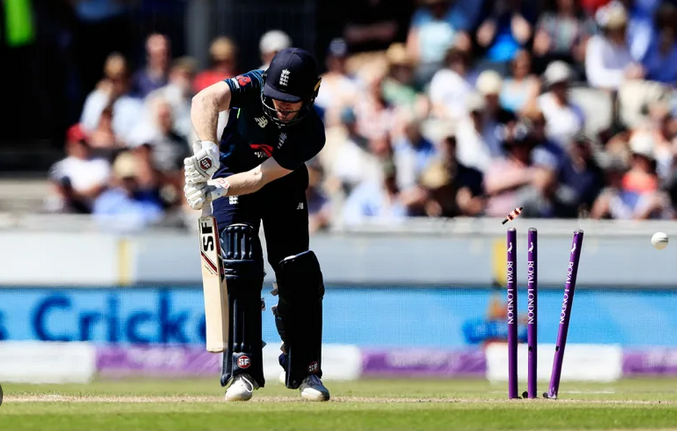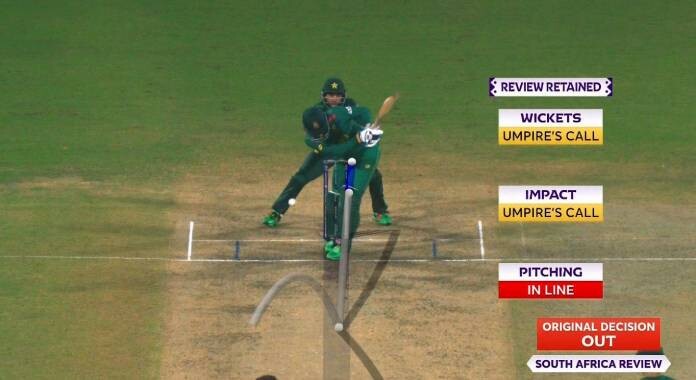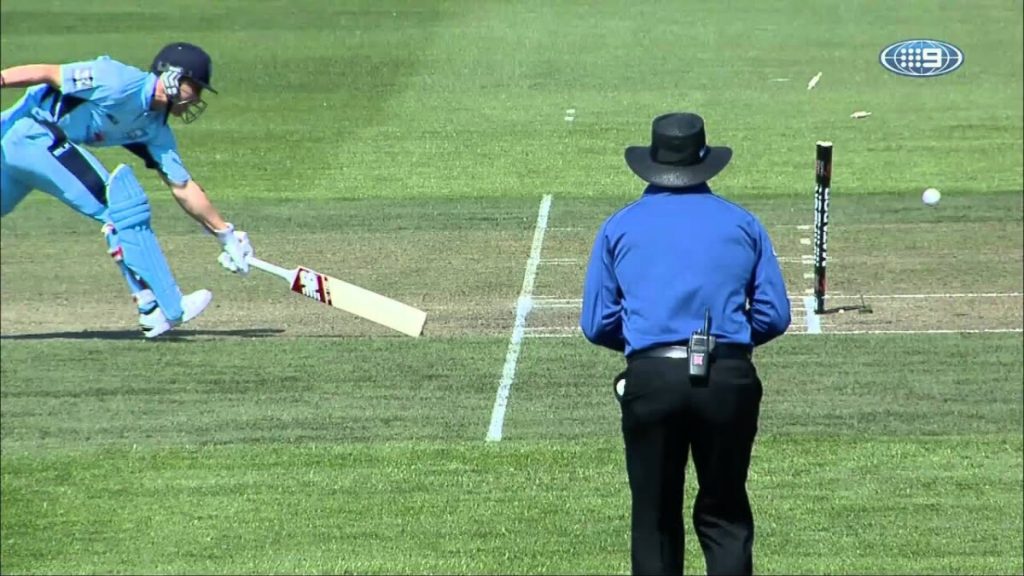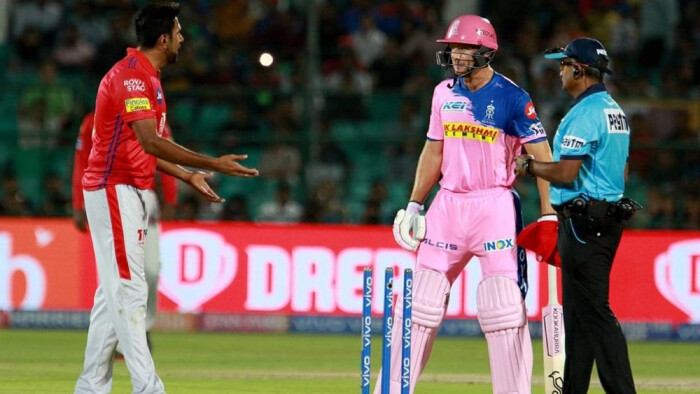Cricket is one of the most fascinating sports that is highly enjoyed and loved across the globe. The age-old game evolved in England and rapidly spread across Europe, Asia, Australia and Africa. Batting and bowling along with fielding are the vital elements that comprise the sport.
While the batters primarily score runs for their side to win the game, the bowlers restrict the batsmen by dismissing them. There are multiple ways in which a batsman can get out and the bowlers in support of the fielders can dismiss the batter.
Different Ways Of Getting Out In Cricket
#1. Bowled

Bowled is the most basic form of dismissal where a batter gets out if he misses the ball bowled by the batter and that hits the wickets with the bails off. The batter is declared out even when the ball deflects from his bat or body and hits the stumps. The bails of the wicket need to be fallen after the ball hits the stumps or else the batsman will remain not out.
#2. Catch Out
Catch-Out is another common form of dismissal where a fielder catches the ball hit by the batter without any bounce. The fielder needs to be inside the boundary limits and hold the catch for a minimum of five seconds. If the fielder’s feet touch the boundary rope or the ball hits the ground after a catch, the batter will remain not out.
#3. Leg Before Wicket (LBW)
Leg Before Wicket is one of the most gripping forms of dismissal. If the batsman misses the ball directed towards the stumps and intercepts with his body, then he will be declared out with an LBW.

The decision regarding LBW is made by the on-field umpires only when a bowler or any fielder appeals to them (How’s that?). A number of provisions are laid down alongside the LBW dismissal mode:
- The ball should directly hit the body and if it hits the bat or gloves before, the batsman will remain not out.
- The batter should be within a radius of 3m from the stumps. If he is out more than 3m, it will not be out.
- The Decision Review System (DRS) has been implemented to ascertain the credibility of the LBW decision by on-field umpires. Close calls stay in the favor of the on-field umpire’s call.
#4. Stumping
Stumping is another popular form to get out that is mostly witnessed during spin bowling. When a batsman misses the ball after he steps out of the crease in order to attempt a shot, the wicketkeeper can gather the ball and break the stumps to dismiss the batsman. The wicketkeeper has to break the stumps before the batter enters the back increase.
#5. Run Out

Run Out is one of the most exciting modes of dismissing a batter in cricket. A batter can be run out when he is attempting to take a run or return to his crease after an aborted run. The fielder can target the stumps and break them to dismiss the batter if he is not inside the popping crease. The fielder can either directly hit the stumps, handle the ball and hit or throw the ball to the wicketkeeper or any fielder who is near the stumps.
- If a non-striker batter has taken a start after the bowler bowls a delivery and the bowler deflects the ball onto the stumps after the striker batsman hits, then the non-striker is declared out. If the ball is not deflected or directly hit on the stumps, it is not out.
#6. Hit Wicket
If a batter while attempting a shot or taking the first run from the striker’s end hits the stumps with his bat or any body part that dislodges the bails, it is called a hit wicket. A hit wicket can also occur when the batter’s fragmented pieces of the bat, protective equipment or even helmet hit the stumps after his shot.
#7. Obstructing the Field
A batter is declared out for Obstructing the Field if he or she deliberately gathers the ball to interfere in the efforts of the fielders. A batter can complete the normal runs while running from one end to the other with no deliberate efforts. Declaration of out is at the discretion of the umpire.
#8. Handling the Ball
A batter cannot hold the ball with his hand without the permission of the batsman. If he deliberately handles the ball, he can be declared out. A batter is not out if the delivery hits his hand or any non-deliberate effort.
#9. Double Hit
If a batter deliberately hits the ball twice except while defending the ball going towards the stump, he is declared out for a double hit. A batter is entitled to save himself with the bat if the ball is about to hit the stumps after his shot.
#10. Time Out
Time out is an uncommon method of dismissal that is rarely observed in the cricket arena. When a batter is dismissed, the next batter has to arrive at the crease within a stipulated time of two minutes. If he arrives late, then the umpire can declare the batsman out.
#11. Retired Out
A batter can be retired if he or she is injured during play. Previously, runners were allowed but now the system has been boycotted. Once retired, the batter can come to play later in the game if he or she is fit.
#12. Mankading

Mankading is the most controversial mode of dismissal where a batter at the non-striker’s end is dismissed by a bowler in action before bowling his delivery. Mankading is considered as a run-out and has been named after Indian cricketer Vinoo Mankad who first attempted the form of dismissal.
These are the different ways of how a batter can get out in cricket. While Bowled, Catch Out, Run Out, Stumping and LBW are the most common ones, others are rarely witnessed in the normal course of the game.

